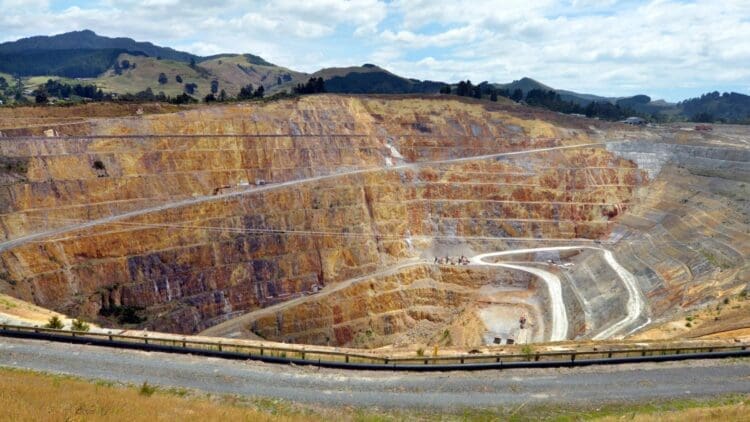China has been on a regulatory inspection spree across its vast coal sector, which has led to the closure of fifteen mines in the Inner Mongolia region. The nation is following a directive issued by the President that aims to sacrifice short-term success for the environmental commitments made to the international community. China has, for the past few decades, been one of the world’s worst polluters and, as such, has implemented a new approach to the coal sector that may have a significant effect on the sector overall.
China is focused on the oversupply issues in the coal sector in the Inner Mongolia region
The news that Inner Mongolia’s Autonomous Region Energy Bureau recently ordered that 15 coal mines in the Ordos region cease operations following an inspection of the sites by the government.
President Xi recently outlined his nation’s plans to conduct inspections at several coal sites across the country. The aim is to assess the sites for oversupply and general safety concerns. The result in the Inner Mongolia region, which contributes approximately 27% of the country’s total coal output according to 2024 data from the National Bureau of Statistics, is that several sites have been ordered to halt operations.
Some have cleared the inspections and have been allowed to resume operations; however, the nationwide inspection campaign was launched in July 2025 and has found 15 sires that are guilty of oversupplying the sector by at least 10%.
“The targeted enforcement in Ordos highlights Beijing’s determination to maintain discipline in coal production. These actions send a clear message that production quotas are not merely suggestions but binding operational parameters” – industry analyst Zhang Wei from the China Coal Strategic Research Institute
The inspections represent the most extensive regulatory interventions in years for China
As President Xi announced in July of this year that he had instructed the government to address the oversupply issues in the nation’s coal sector, industry stakeholders were scrambling to meet the necessary safety and oversupply requirements, and a significant number of them failed.
The region where the inspections were conducted, known as the Ordos Basin, is crucial to China’s energy security. The region holds some of China’s highest quality coal, including significant deposits of thermal and coking coal essential for power generation and steel production.
According to documents from the Inner Mongolia Autonomous Region Energy Bureau, these inspections represent the most extensive regulatory interventions in the region’s coal sector in many years.
The results of the inspections revealed systematic overproduction across multiple facilities, which triggered immediate regulatory action. The government has warned industry experts that they should anticipate continued regulatory vigilance throughout 2025, as the Chinese government aims to bring the coal sector back to its regulatory standards.
As China is one of the nations aiming to curb the influence and effects of the coal sector on the environment, other major players in the energy sector will surely follow the pioneering example set by the Chinese. Whether the inspections have a lasting impact on the coal sector is yet to be determined.
The inspections outline the ongoing evolution of the Chinese coal industry
China is just the latest country to continue the evolution of the coal sector; Russia has also reported a significant alteration of the coal sector’s output and influence on the energy sector as a whole. One would have expected the Chinese to keep the details of the inspections to themselves; however, China can not operate and grow its energy sector without the support of the international community. With that in mind, we can understand the evident clarity and transparency that the Chinese have presented to the global community. Hopefully, the sector can recover and continue to grow.





